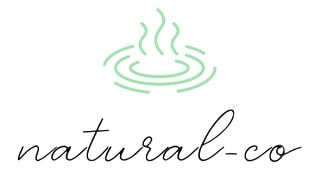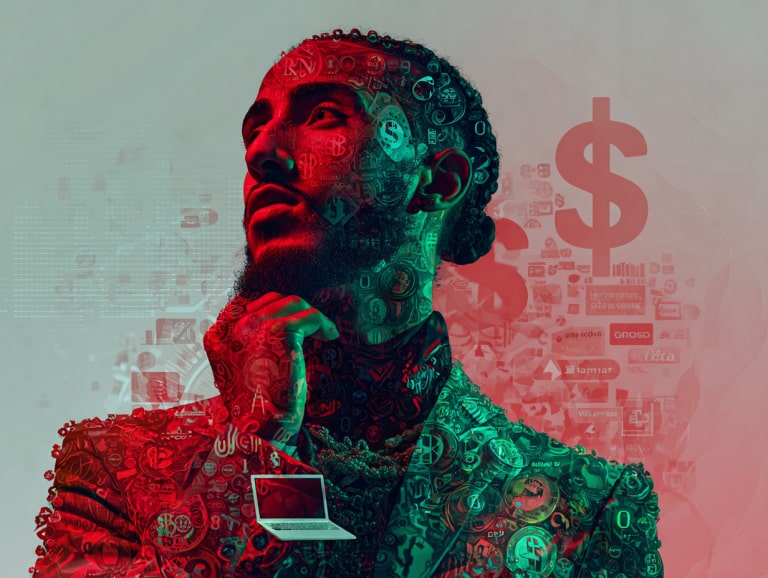Iman Gadzhi Net Worth in 2025: Wealth Breakdown, Market Insights & Brand Lessons
- Iman Gadzhi Net Worth in 2025: Wealth Breakdown, Market Insights & Brand Lessons
- Who Is Iman Gadzhi?
- Estimated Net Worth & Income Sources
- Demand Analysis
- Competition & Differentiation Insight
- Business Model & Value Creation
- Strategic Insights for Brand Builders & Creators
- Risks & Future Outlook
- FAQ
- Conclusion
Iman Gadzhi may be best known for his bold online persona, high-ticket marketing programs and luxury lifestyle content. But behind the image lies a carefully engineered business engine. While exact numbers are hard to verify, most sources estimate his net worth in the range of $25 million to $50+ million as of 2025.
In this article I’ll unpack how he built his wealth, explore the demand and competitive environment he leveraged, break down his business model, and extract strategic insights you can apply if you’re building your own brand or business.
Who Is Iman Gadzhi?
Born in Dagestan (Russia) and raised in London, Iman Gadzhi left high school young to pursue entrepreneurial ventures. He launched his first marketing agency, IAG Media, in his teens and later pivoted to education and content creation via his brand. His rise highlights a core pattern: niche expertise → scalable digital platform → premium monetisation. From my perspective, his journey shows how a personal brand can become a business asset.
Estimated Net Worth & Income Sources
Net Worth Estimate
- Some outlets estimate his net worth around $25M–30M in early 2025.
- Others suggest higher: approx $30M–$85M depending on valuation of his ventures.
- His own claims (unverified) put it even higher (e.g., $85M). Given the lack of audited disclosures, treat these as ranges rather than absolutes.
Income & Asset Channels
Here are his major revenue/asset sources:
- Digital Marketing Agency (IAG Media): He built an agency offering social media marketing services to high-end clients.
- Education & Online Courses: Programs like GrowYourAgency and other high-ticket offers across digital platforms.
- Content Monetisation & Personal Brand: YouTube, mentorship, sponsorships and his name/brand licensing.
- Investments & Assets: Real estate, cryptocurrency and other alternative assets reportedly comprise part of his portfolio.
Demand Analysis
Identifying the Demand
- A growing global appetite for digital entrepreneurship, side-hustle culture and alternative income streams.
- Many aspiring agency owners lacked mentoring or “blueprints” for success—which his programs promised.
- The high-ticket education market boomed as online learning and creator economy expanded. From my vantage: He tapped into what people wanted (freedom, status, wealth) and offered a pathway.
Market Timing & Tailwinds
- Social media marketing matured; agencies became mainstream, not niche.
- The creator/education economy exploded post-2020 with remote work and digitalization.
- His personal brand aligned with aspirational lifestyle cues (luxury cars, travel) which further fuelled demand.
Competition & Differentiation Insight
Competitive Landscape
He operates in a crowded niche: marketing agencies, online educators, social-media gurus. Many make similar promises.
How He Differentiated
- Focused on high-value niche (agency owners) rather than mass market.
- Created a strong personal brand: distinctive voice, lifestyle, rhetoric.
- Leveraged both service income (agency) plus scalable product income (courses). For your brand: Differentiation here means choosing a lane and owning it, not trying to serve everyone.
Business Model & Value Creation
Core Business Model
- Service business (agency) → recurring client fees, proven case studies.
- Product business (education) → high margins, scalable.
- Content/brand business → personal brand becomes the asset, not just a person.
Pricing & Monetisation Strategy
- High-ticket programs justify premium pricing via perceived expertise and exclusivity.
- Funnel strategies: free content → lead magnet → mid-ticket offer → high-ticket offer.
Assetization of Brand
His personal brand is an asset: courses, content library, reputation. Treating this like a product rather than just performing services enhances value.
From a strategic lens: yield matters (what you keep) more than just revenue.
Strategic Insights for Brand Builders & Creators
Here are actionable insights you can apply:
| Insight | Commercial Insight | Explanation |
| 1 | Solve a specific unmet demand in a growth market | Gadzhi addressed agency-owners wanting more scale; define your niche similarly. |
| 2 | Blend service + product for both depth and scale | Services bring credibility; products bring scalability. He used both. |
| 3 | Personal brand = business asset | Your brand should be structured so you can monetize it and it can operate independently. |
| 4 | Premium pricing requires credible positioning | You must deliver or convincingly present value—otherwise promise fails. |
| 5 | Invest in funnel, audience and retention—not just acquisition | Long-term value comes from recurring income, not one-off sales. |
Risks & Future Outlook
Growth Opportunities
- Further global expansion, agency/education markets grow.
- Potential exit or investment liquidity for his businesses.
Risks to Watch
- Course/education market scrutiny: quality and claims matter.
- Market saturation and increasing competition may compress margins.
- Over-reliance on personal brand: if public sentiment shifts, value can drop. From your brand perspective: build intrinsic value not just hype.
FAQ
Q: What is Iman Gadzhi’s net worth in 2025?
A: Estimates vary, commonly between $25 million–$50+ million.
Q: How does he make most of his money?
A: Through his agency (IAG Media), high-ticket education programs, personal brand content and strategic investments.
Q: Can regular creators replicate his model?
A: Yes—if they define a valuable niche, build a strong brand, integrate service + product offerings and structure their business as an asset.
Conclusion
Iman Gadzhi’s story is more than a flashy net worth number—it’s an example of strategic brand building, business model layering and leveraging digital scale. Whether you estimate his worth at $30M or $80M, the lessons remain: find the gap, differentiate, scale smartly and treat your brand as an asset.
For creators, entrepreneurs or brand strategists: use his blueprint—but adapt it to your niche and context. Revenue matters, but building sustainable value is what lasts.

